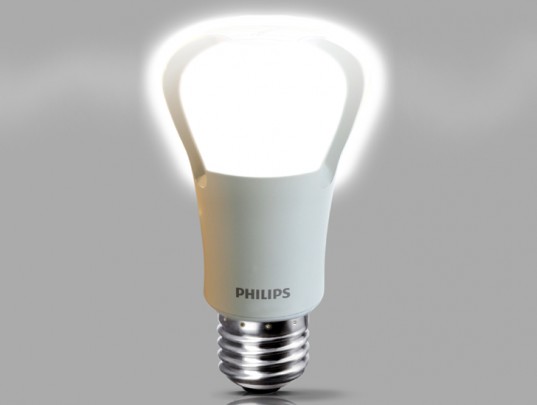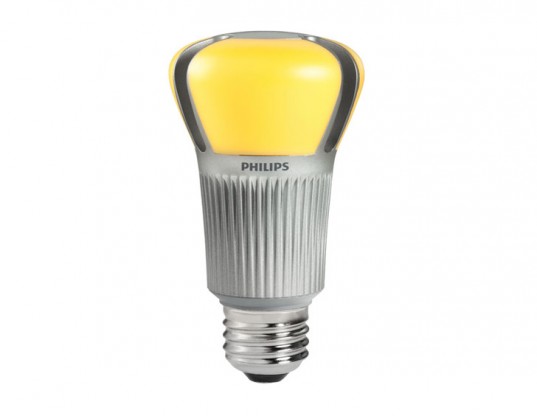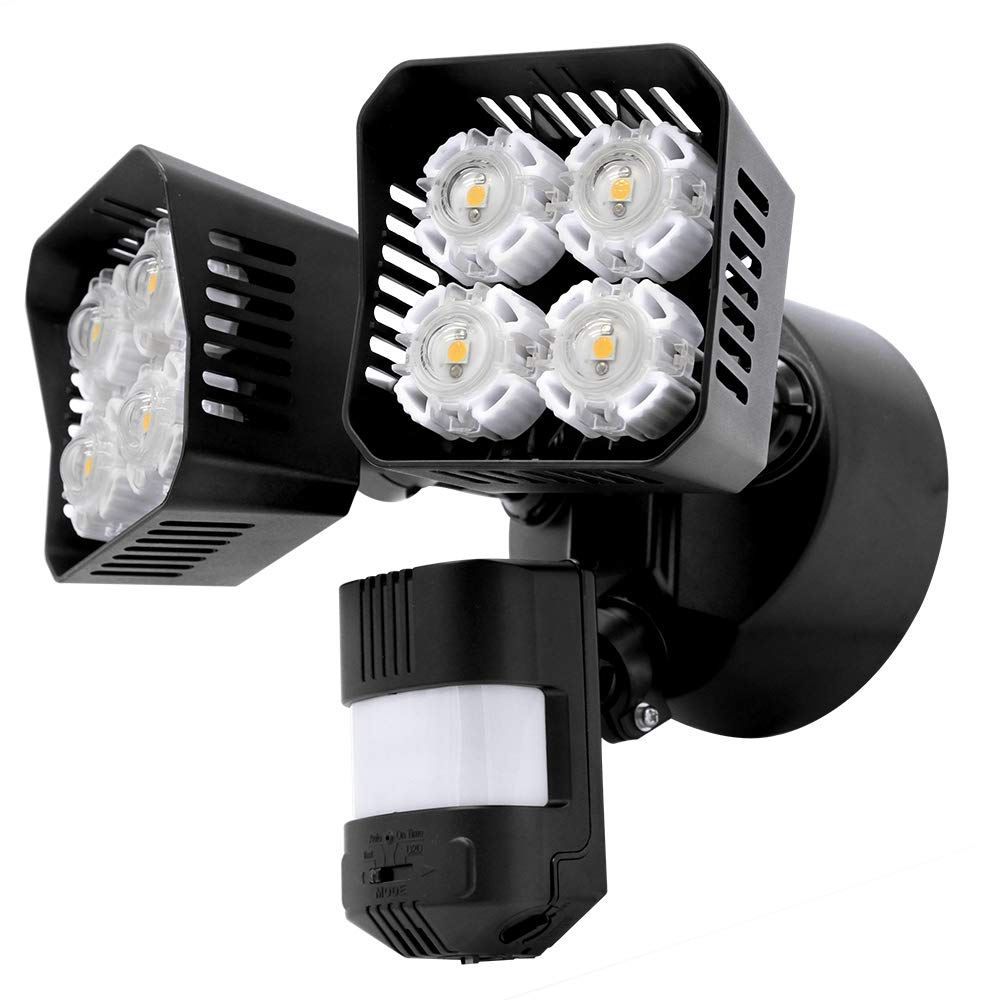On Tuesday, May 17, Philips announced another milestone in LED bulb’s development. They launched a replacement of 75W incandescent bulb, a 17-WAT EnduraLED A21. However, there’s a catch. Ecology has never been cheap …

Philips EnduraLED A21 is said to be the first 75W equivalent in the world and perhaps it’s main aim is to somehow stop people from using regular bulbs. Philips was also first company to introduce 12.5-watt LED bulb, the world’s first commercially-available 60-watt replacement, so there’s no surprise this time. Energy saving without any compromise in terms of brightness – that’s the biggest advantage of the newest bulbs. Philips unveiled their invention during Lightfair International trade show, May 17-19, 2011 in Philadelphia.
The newest EnduraLED A21 consumes 80% less energy than a regular incandescent bulb and is supposed to last 25 times longer. The 17-WAT bulb uses high power LUXEON LEDs by Philips, which perhaps is the key to achieve such a good performance. The bulb’s brightness gets to around 1100 lumens and the rated life should be around 25 000 hours. All those characteristics sound pretty impressive.
The Americans were quick to count how much they could save switching all to EnduraLED right away. It would be around 220 megawatts of electricity and $630,000,000 annually. Over the bulb’s lifespan, Philips claims it “could save a business or household about $160 per bulb,” but that’s probably when counting quite pricey incandescent bulbs. A lot? Well, it would be alright if not the LED bulb’s price tag. EnduraLED A21 will probably cost $40-$45.
Obviously, we may expect some cheaper 75-WAT equivalent LED bulbs to appear soon by other manufacturers. Anyway, they’re success depends mostly on consumer habits.
If ecology is important aspect of your life, go ahead and check out the Green Energy Lamp or Recycled Radio.
Via: inhabitat











